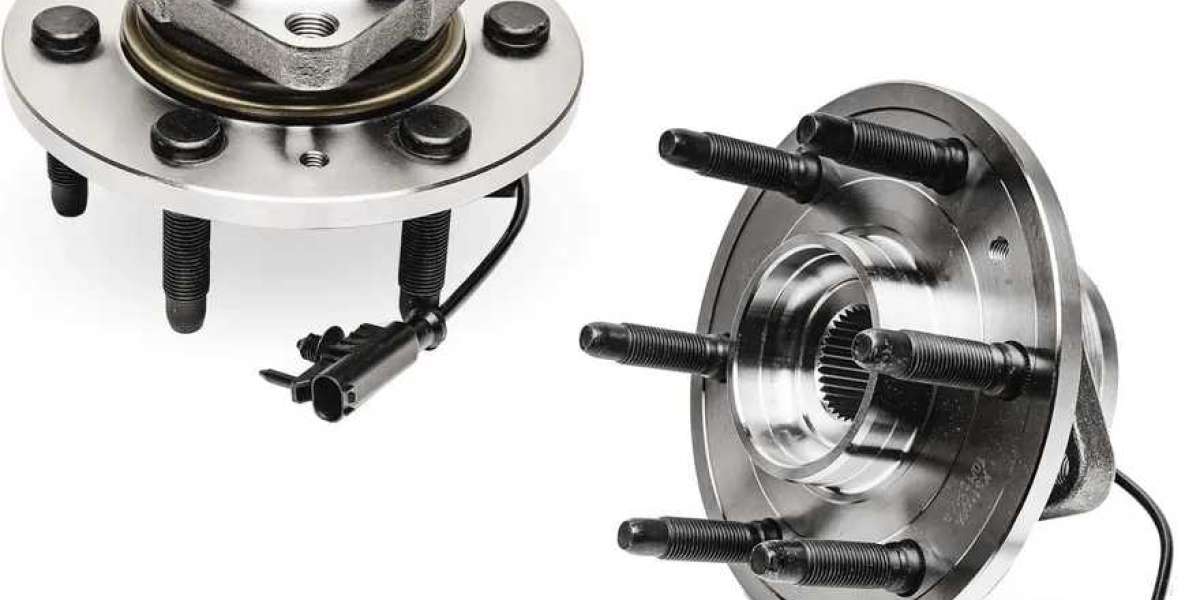A hub bearing connects your car's wheels to the axle and helps them spin smoothly with minimal friction. It’s built to support weight and absorb pressure from the road while ensuring a safe and smooth ride. Want a complete breakdown? Visit this hub bearing guide for more details.
What Does a Hub Bearing Do?
A hub bearing has multiple roles:
Connects wheel to the axle
Allows the wheel to rotate freely
Supports vehicle weight
Helps with steering and stability
Without a good hub bearing, your car might wobble, vibrate, or even lose wheel control.
Signs Your Hub Bearing May Be Worn Out
Knowing the signs early can save you money and prevent accidents. Look out for:
Grinding or humming noise while driving
Steering wheel vibration, especially at higher speeds
Uneven tire wear
ABS warning light
Wheel wobble or loose steering
If you feel or hear any of these signs, it's time to check the bearing.
What Causes Hub Bearing Failure?
Some common reasons include:
Driving through water or mud, causing rust or contamination
High mileage and regular wear
Heavy loads or harsh driving conditions
Improper installation or use of poor-quality parts
Once damaged, the bearing may overheat and fail quickly.
When Should You Replace a Hub Bearing?
A hub bearing isn’t a part that wears out like tires or brake pads, but it does fail over time. Replace it:
When symptoms appear
If there’s noticeable play in the wheel
Every 85,000 to 100,000 km as a precaution (depending on your vehicle)
Tip: Always use quality replacements to avoid premature wear.
Maintenance Tips to Protect Your Hub Bearings
Here are simple ways to keep your bearings in good shape:
Avoid rough roads and potholes
Don’t overload your vehicle
Check for unusual noises regularly
Get wheels aligned after every suspension or bearing job
Rotate tires on schedule to ensure even pressure
Preventive care helps increase the life of your hub bearings and saves on costly repairs.
Conclusion:
The hub bearing might not be something you think about daily, but it plays a huge role in how your car drives. It keeps the wheels stable, smooth, and secure. Recognizing failure signs early and following smart maintenance tips will help you avoid major issues down the road. Safe driving starts with healthy parts under your car.








